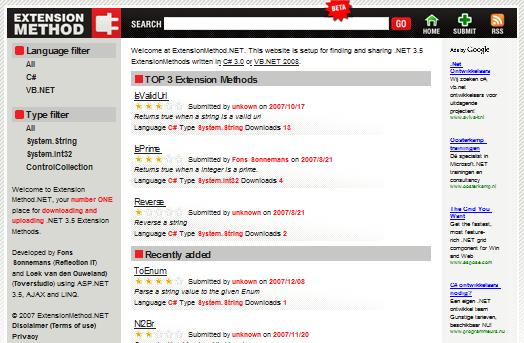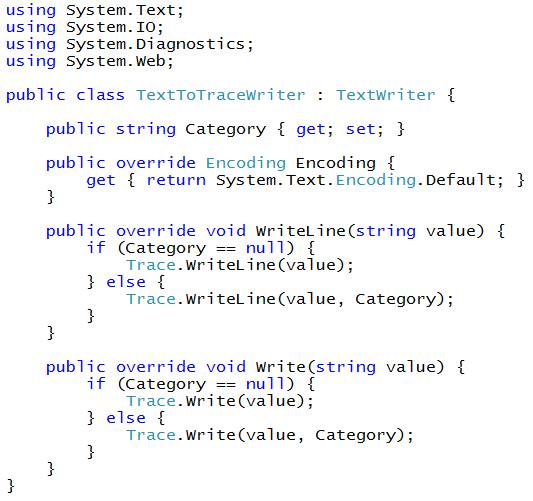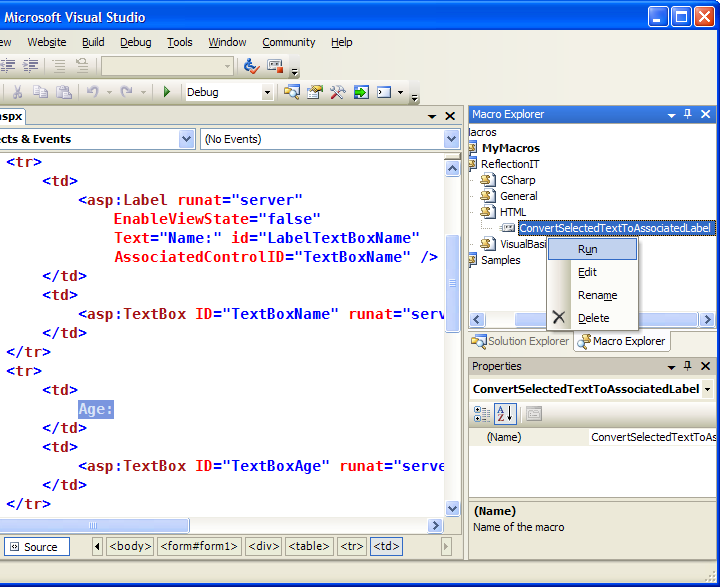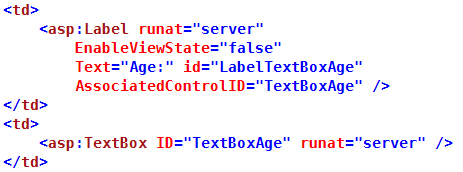On Juny 3, I did a Visual Studio 2008 presentation on the PEAK-IT Summer DevNight 2008 at the Fulcotheater in IJsselstein.
You can download the slide deck here.
I had a good time presenting this sessions. I hope it was a useful for you as well.
I have created a RollMenu control in Silverlight 2 Beta 2. It uses an Xml file to configure the menu items.
Click on following image for a live demo.

On June 17, I did two sessions on the Hot Technologies Day for Achmea (Interpolis) in Tilburg. I have given many trainings (C#, ASP.NET 2.0, AJAX, SQL2005, VS2008) at Achmea the last year. It is a very innovative company and very fun to work for.
This Hot Technologies Day was a mini seminar with 4 sessions: Silverlight 2, VSTS DB Pro, LINQ + Entity Framework, Microsoft Office SharePoint Server. Here is a picture of me taken during the Silverlight 2 session:

In the Silverlight 2 session I gave an overview of Silverlight 2 Beta 2. You can download the slide deck here.
In the LINQ + Entity Framework session I gave an overview of C# 3.0, LINQ, LINQ to SQL and Entity Framework. You can download the slide deck here.
Bidirectional associations are easy to design but difficult to program. You must write lot's of synchronization code with the risk of making mistakes. Have a look at the following example in which there is a bidirectional association between Employee (Employer) and Company (Employees).

The synchronization code is implemented in the AddEmployee(), RemoveEmployee() and the (Set)Employer methods.
Together with my friend Loek van den Ouweland I have created our new website: ExtensionMethod.net. This website is setup for finding and sharing .NET 3.5 ExtensionMethods written in C# 3.0 or VB.NET 2008.

I hope you will use it to publish your own extension methods. It is still in BETA but we hope to go live real soon.
ASP.NET Tracing is a powerful mechanism. LINQ to SQL doesn't support it out of the box. The DataContext class however has a Log property which can be set to a TextWriter object. This TextWriter object writes all SQL queries which are executed.
I have created a small class which derives from TextWriter to write all SQL queries to the System.Diagnostics.Trace class. I found out that I only had to override the WriteLine(string) and Write(string) methods.

The easiest way to assign a new TextToTraceWriter to the Log property of the DataContext object is by implementing the partial OnCreated() method in a partial class. See the following example in which also the Trace Category is set.

During development, you can use the output methods of the Debug class to display messages in the Output window of the Visual Studio 2005 integrated development environment (IDE). For example:
Trace.WriteLine("Hello World!")
Debug.WriteLine("Hello World!")
Trace.WriteLine("Hello World!");
Debug.WriteLine("Hello World!");
Each of these examples will display "Hello World!" in the Output window when the application is run in the debugger.
The .NET TraceListners monitor trace and debug output. You use TraceListners to redirect this output to a specific medium. There are 3 TraceListners available: DefaultTraceListener, EventLogTraceListener and TextWriterTraceListener.
I have created a new Visual Studio 2005 Macro which can be used to convert a literal text to an asp:Label that is associated to the next control. You first have to select the text and then Run the ConvertSelectedTextToAssociatedLabel Macro. In the example below the text Age: is selected.

The result is an asp:Label with the correct Text and AssociatedControlID attributes.

Download Zipfile
I use Visual Studio 2005 Code Snippets a lot. Especially during trainings. I have created some snippets myself which I want to share. Download this zipfile and extract it in the "My Documents\Visual Studio 2005\Code Snippets\Visual C#\My Code Snippets" folder.

I like the ASP.NET 2.0 DataSource controls. They are very flexible and easy to use. It has some great parameters like SessionParameter and ControlParameter. It doesn't have a ViewStateParameter. I have written it myself to fill this gap.








